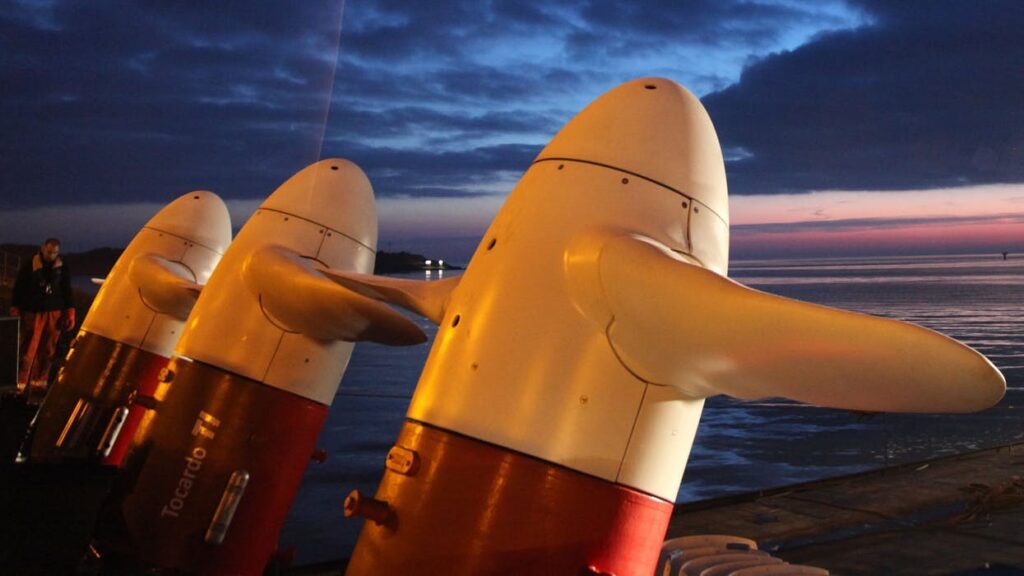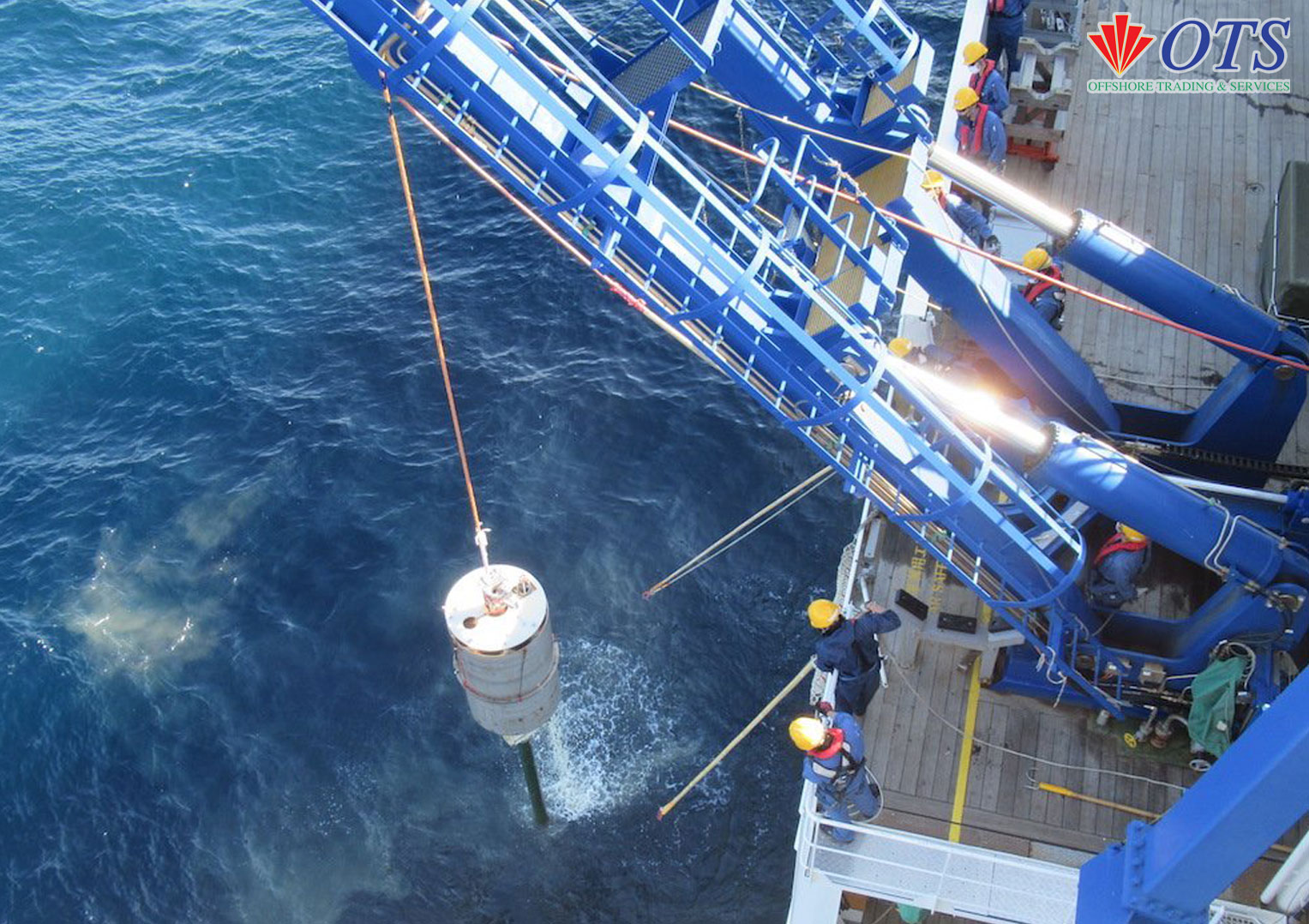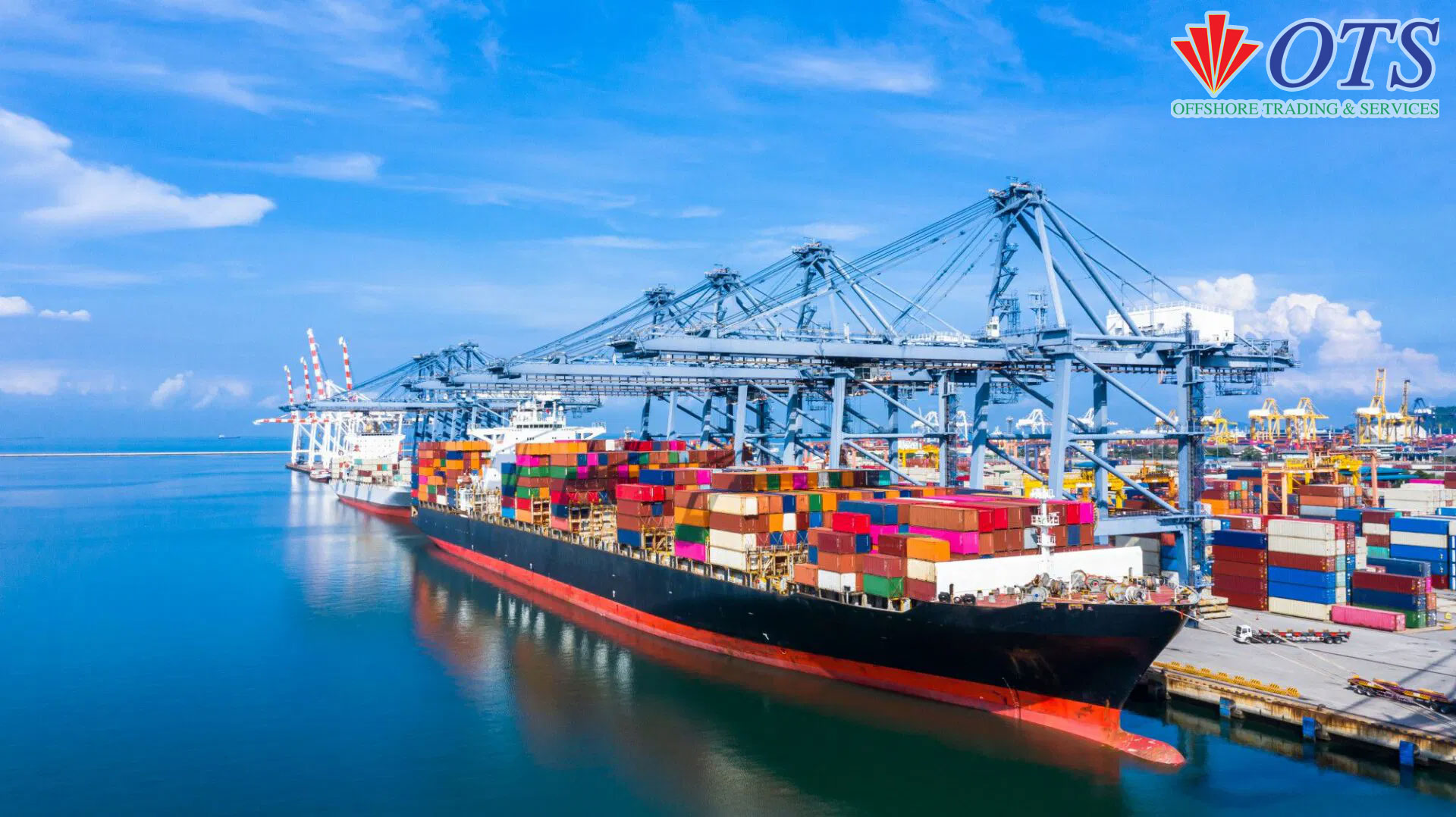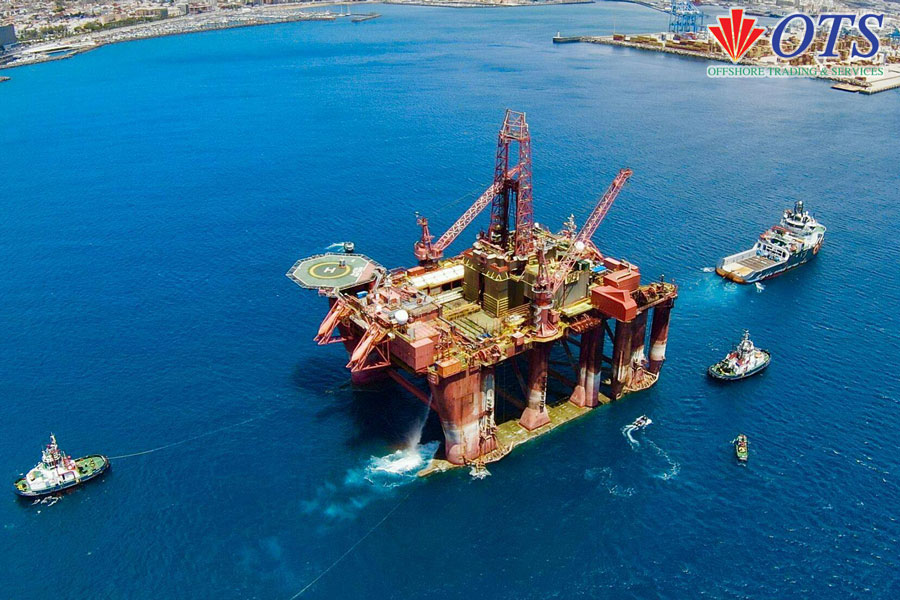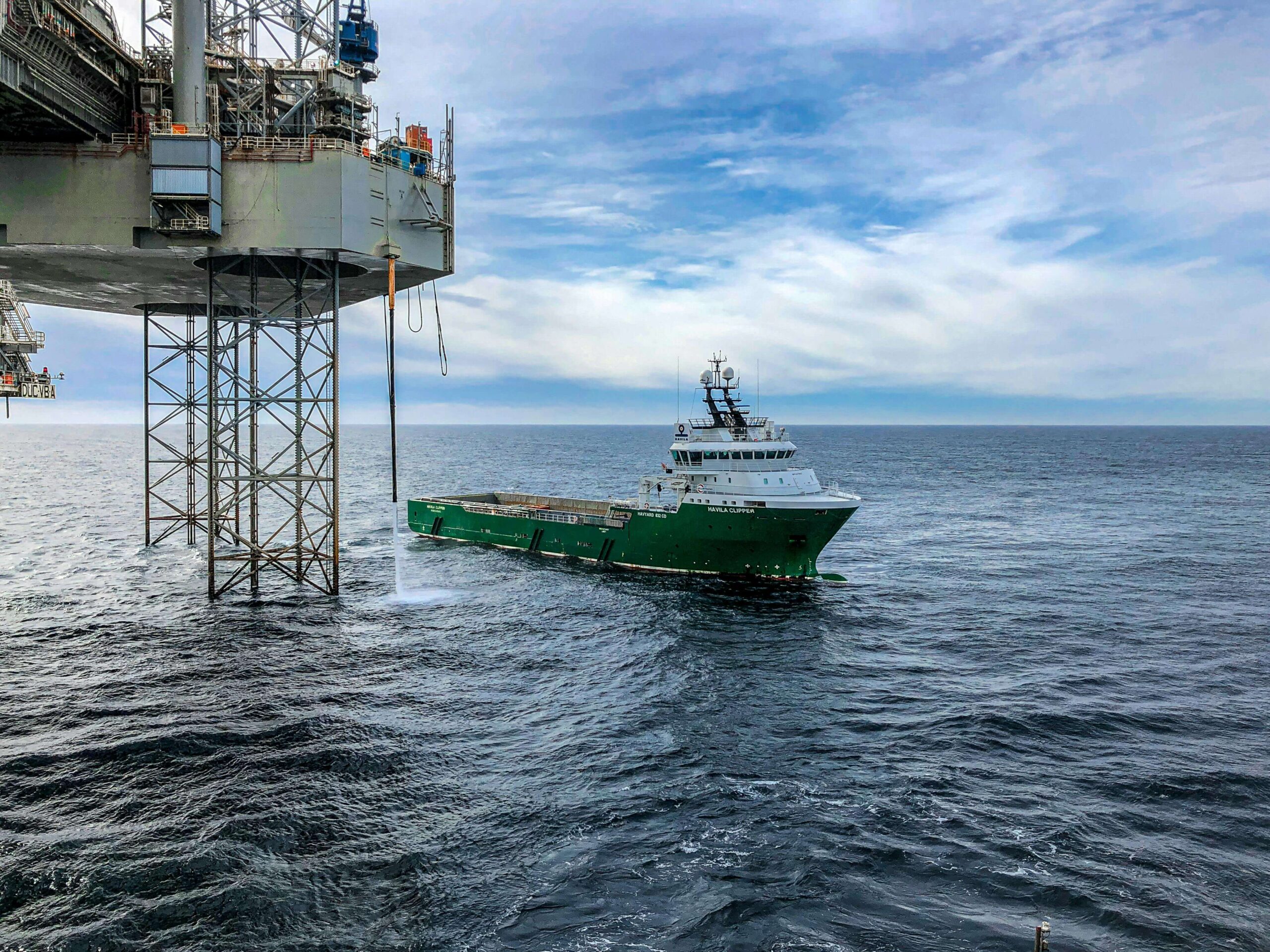**Tests Confirm Pitch Regulating Ability of Tidal Energy System Rotor**
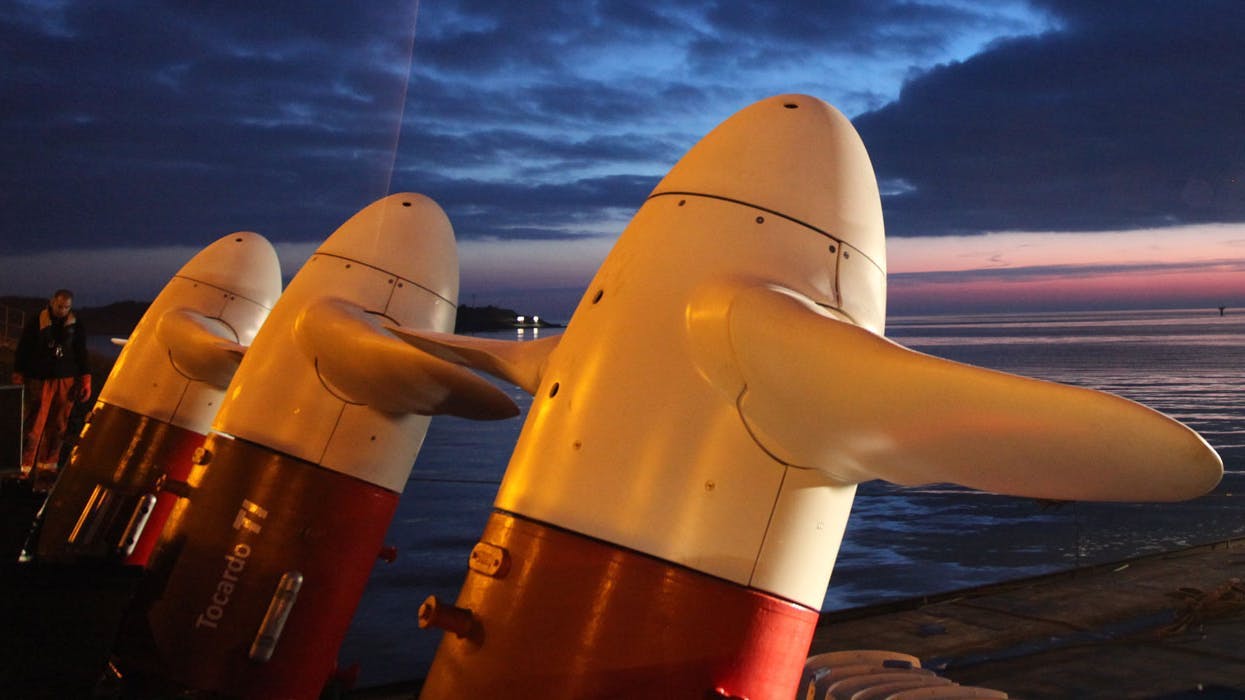
In the ongoing quest to harness the power of tides, Inyanga Marine Energy Group has made significant strides in advancing tidal energy technology. Recent hydrodynamic testing of the Passive Pitch Unit (PPU) for its HydroWing technology has confirmed the system’s ability to regulate pitch effectively, marking a crucial milestone in the development of reliable and efficient tidal energy systems.
Historically, tidal energy has been a promising yet challenging area of renewable energy production. The harvesting of tidal power involves harnessing the predictable and stable movement of ocean tides. This renewable energy source has long been recognized for its potential to contribute significantly to the global energy mix, particularly in coastal regions where tidal variations are pronounced.
### The Passive Pitch Unit (PPU)
The PPU is a critical component of Inyanga Marine Energy Group’s HydroWing technology. This innovative system is designed to stabilize and optimize the performance of tidal turbines, ensuring they operate efficiently despite varying water flow conditions. The PPU’s primary function is to adjust the blade pitch dynamically in real-time, thereby maintaining optimal energy production regardless of the tidal cycle.
### Hydrodynamic Testing
The hydrodynamic testing conducted by Inyanga Marine Energy Group involved rigorous simulations to evaluate the performance of the PPU under various tidal conditions. These tests were designed to simulate the dynamic and unpredictable nature of marine environments, ensuring that the system’s components could withstand the rigors of operational deployment.
**Key Findings:**
1. **Pitch Regulation:** The testing confirmed that the PPU could effectively regulate blade pitch, ensuring that tidal turbines operated at optimal angles under different tidal flow rates. This dynamic adjustment allowed the turbines to maximize energy capture.
2. **Efficiency Enhancements:** The results showed significant improvements in turbine efficiency due to the PPU’s ability to adapt to changing tidal velocities. This adaptation enabled the turbines to harness more power from each tidal cycle.
3. **Durability and Reliability:** The tests also demonstrated the robustness of the HydroWing technology, withstanding diverse water flow conditions without compromising performance. The durability ensured that the systems could operate continuously for extended periods without requiring substantial maintenance.
### Implications for Tidal Energy Development
The successful testing and confirmation of the PPU’s pitch-regulating abilities have important implications for the development of tidal energy worldwide. These advancements bring us closer to deploying scalable and reliable tidal power plants that can meet growing global demand for clean energy.
###

